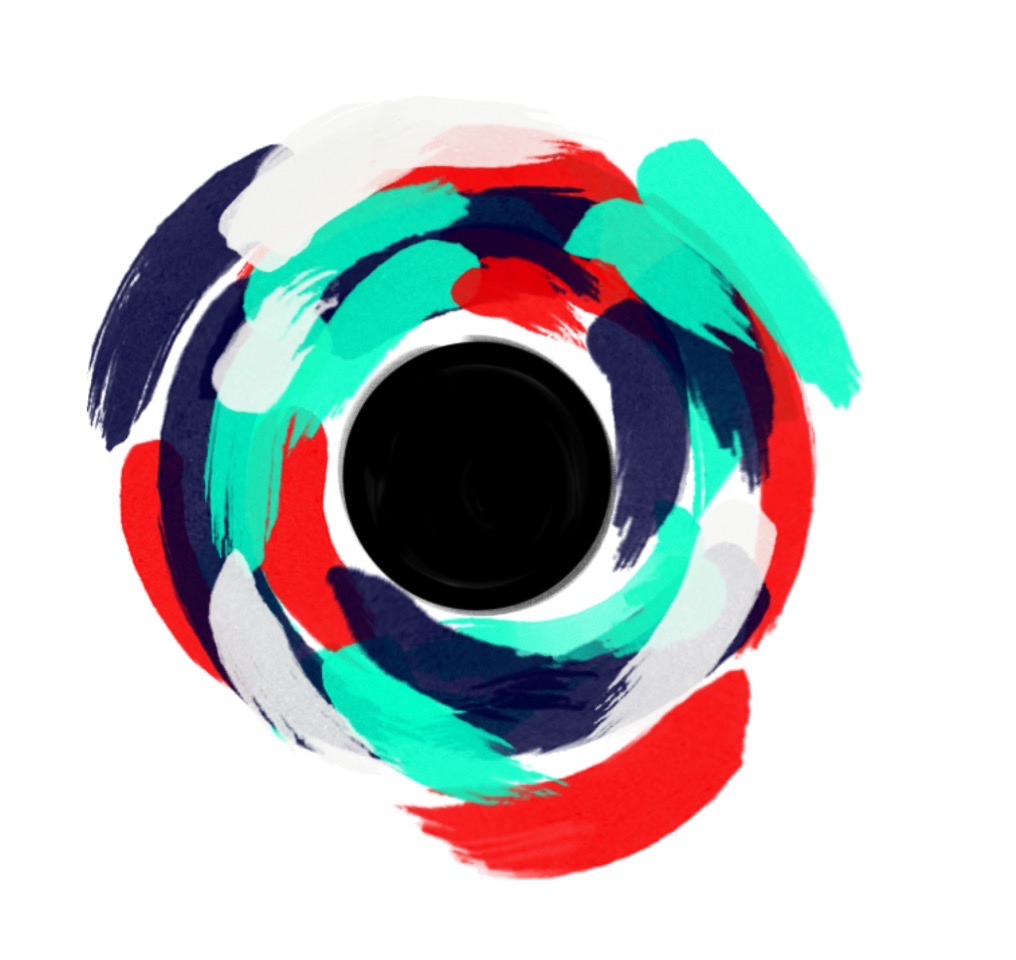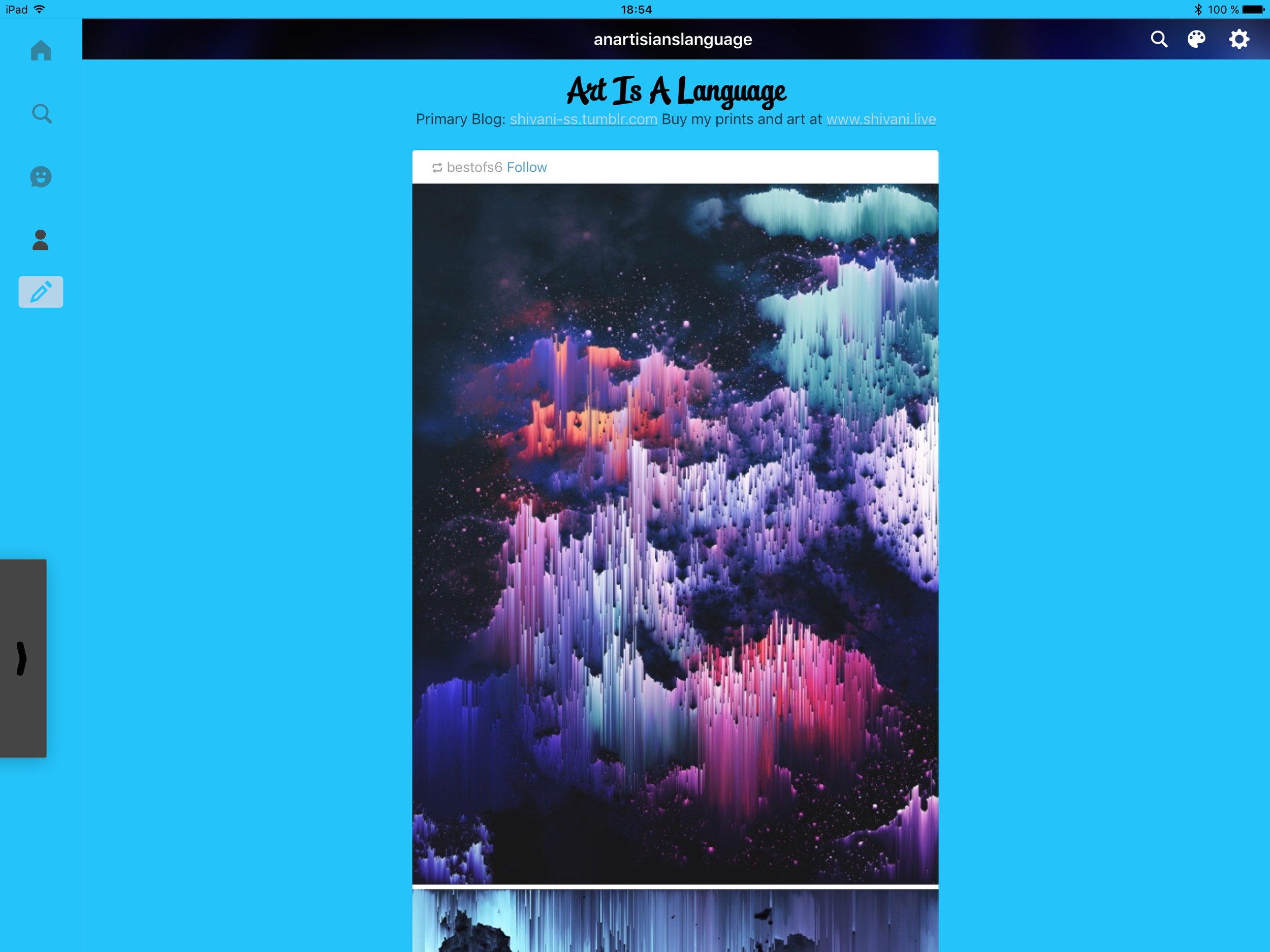Everybody deals with artist's block at some point or the other. Trust me, I have days where there's not a single idea in my head. And there are days where the ideas just don't translate well; a hand turns into a paw. So here are a few tips that I use to get over the hump:
1. INSTAGRAM BOOKMARKS
So as you know, I run an instagram account for this website! I'm on instagram everyday; posting and interacting with other artists. So I naturally come across pieces that inspire me. The trick is to bookmark them so you can scroll through this for ideas later! Even if you don't run an instagram for your own work, you should definitely follow some artists or even just check out the art hashtag!
2. PINTEREST BOARDS
This was my first way to find and categories art for inspiration! This is my art board, I have a lot of others for architecture, tutorials and references! This is a really good way to find some amazing pieces! And hey you can just follow my board for a constant stream!
3. GALLERIES AND ART MAGAZINES
Galleries are pretty self explanatory, but it's also a great way to understand how to curate and talk about your work! But the art magazines are a great source of inspiration. The Lumas Art Magazine is my favorite! It has such vivid pieces and although I don't usually use the techniques, the colors palletes are amazing!! So you can subscribe or just go to the gallery and pick it up. If you cant go to a gallery, check it out line.
4. TUMBLR BLOGS
This is a little strange but tumblr art blogs are actually really interesting. They work like a combination of the Pinterest boards and the instagram blogs. I run the blog below for this website but I follow quite a few artists. Unlike instagram, they tend to reblog a lot from other artists and galleries instead of posting their own art.
5. Worst comes to worst: just put pen to paper, brush to canvas or pouring medium in the cup. It's a cliche for a reason, right? I think the key is to not get completely discouraged when the hand drawing turns into a paw!
Try them and let me know how they worked for you! And, of course, if you have some tips of your own, please share them!
Shivani
















